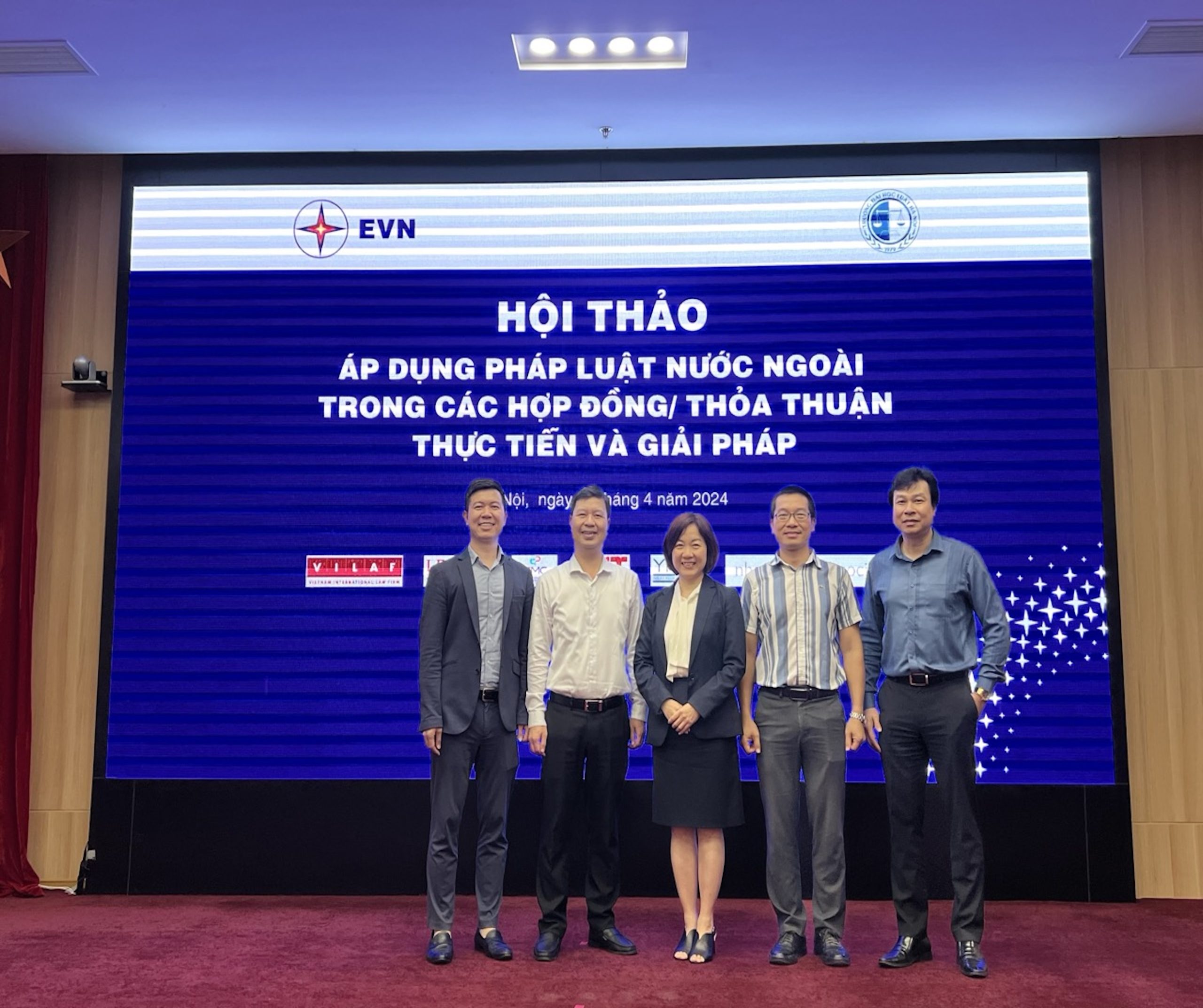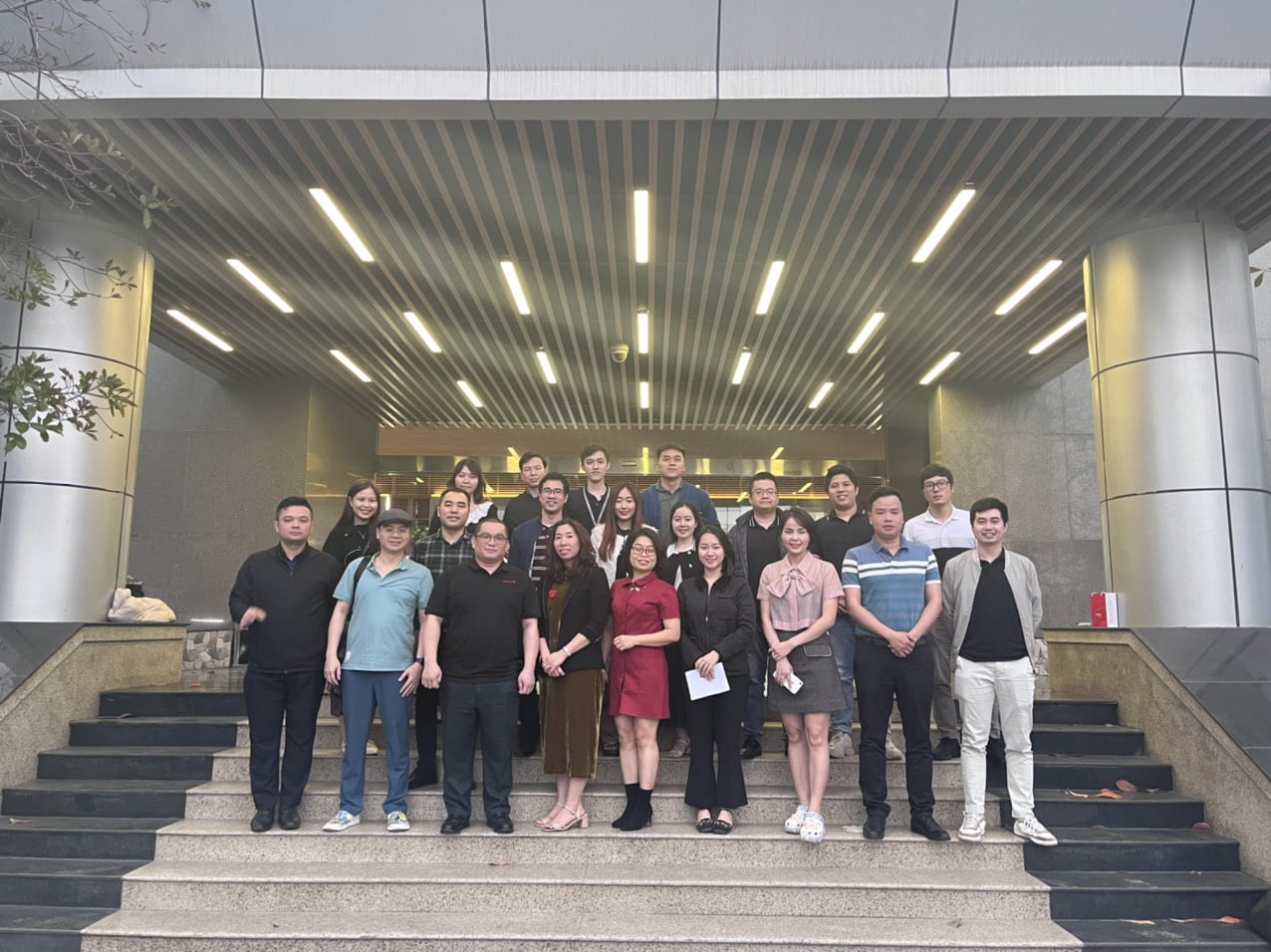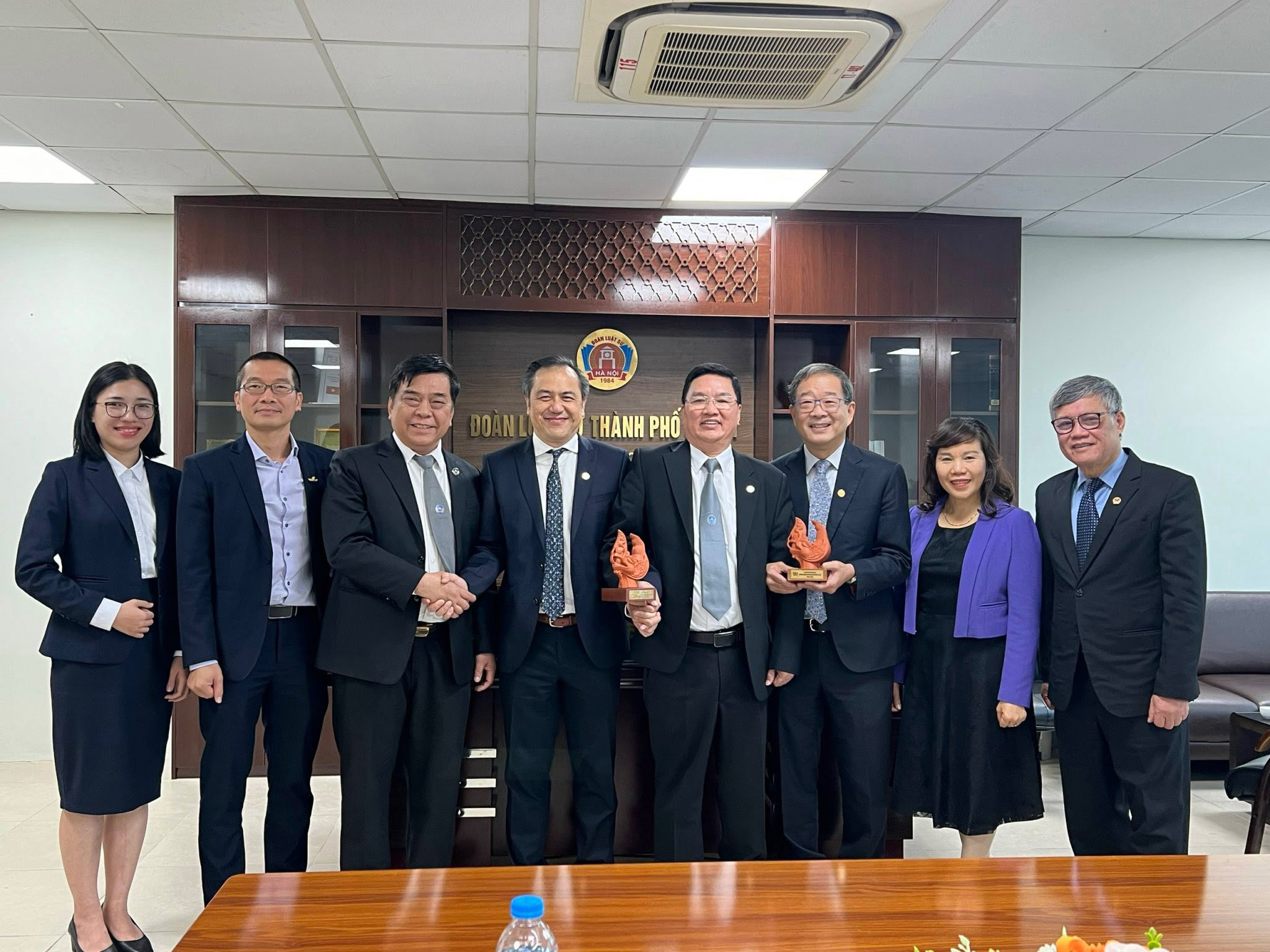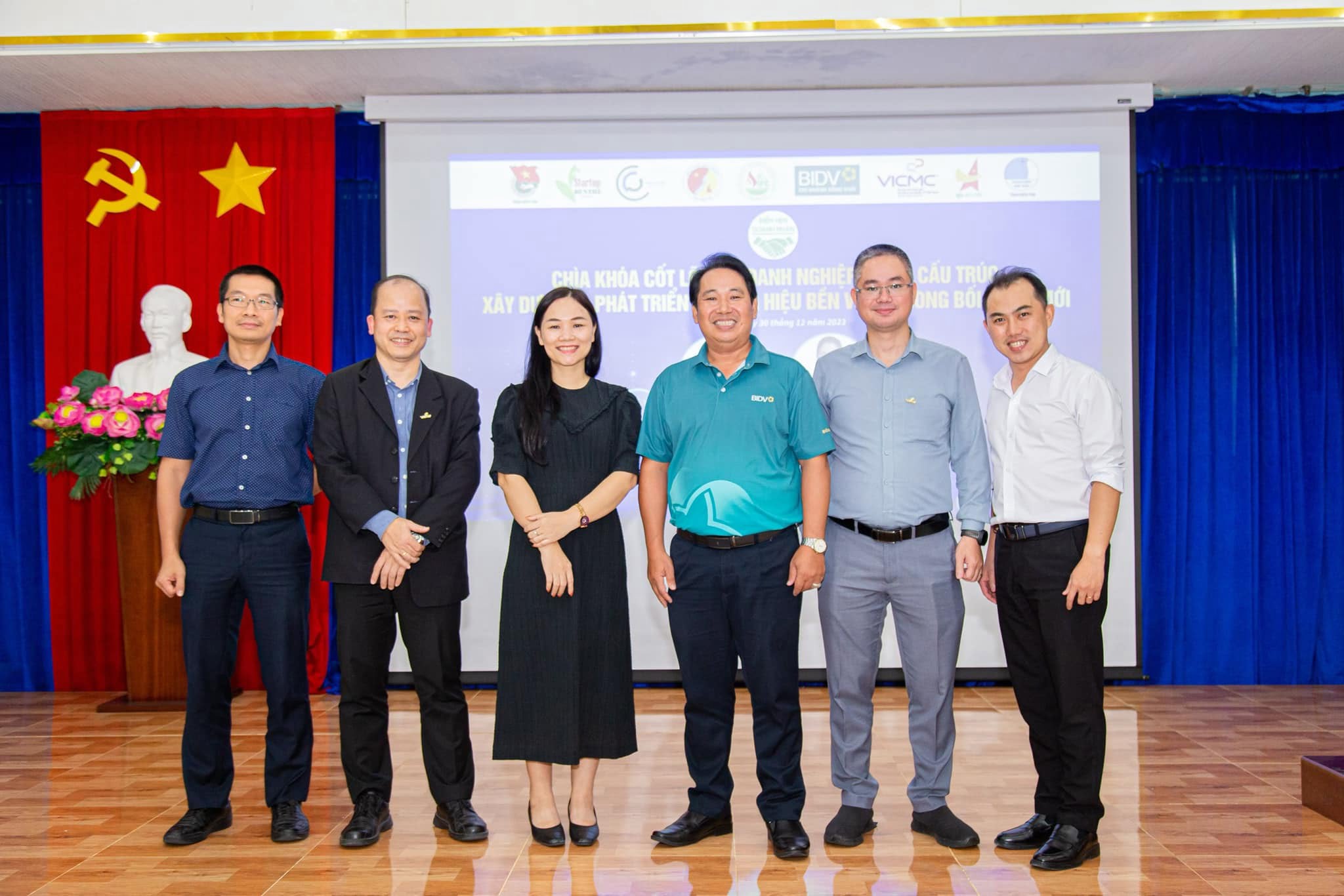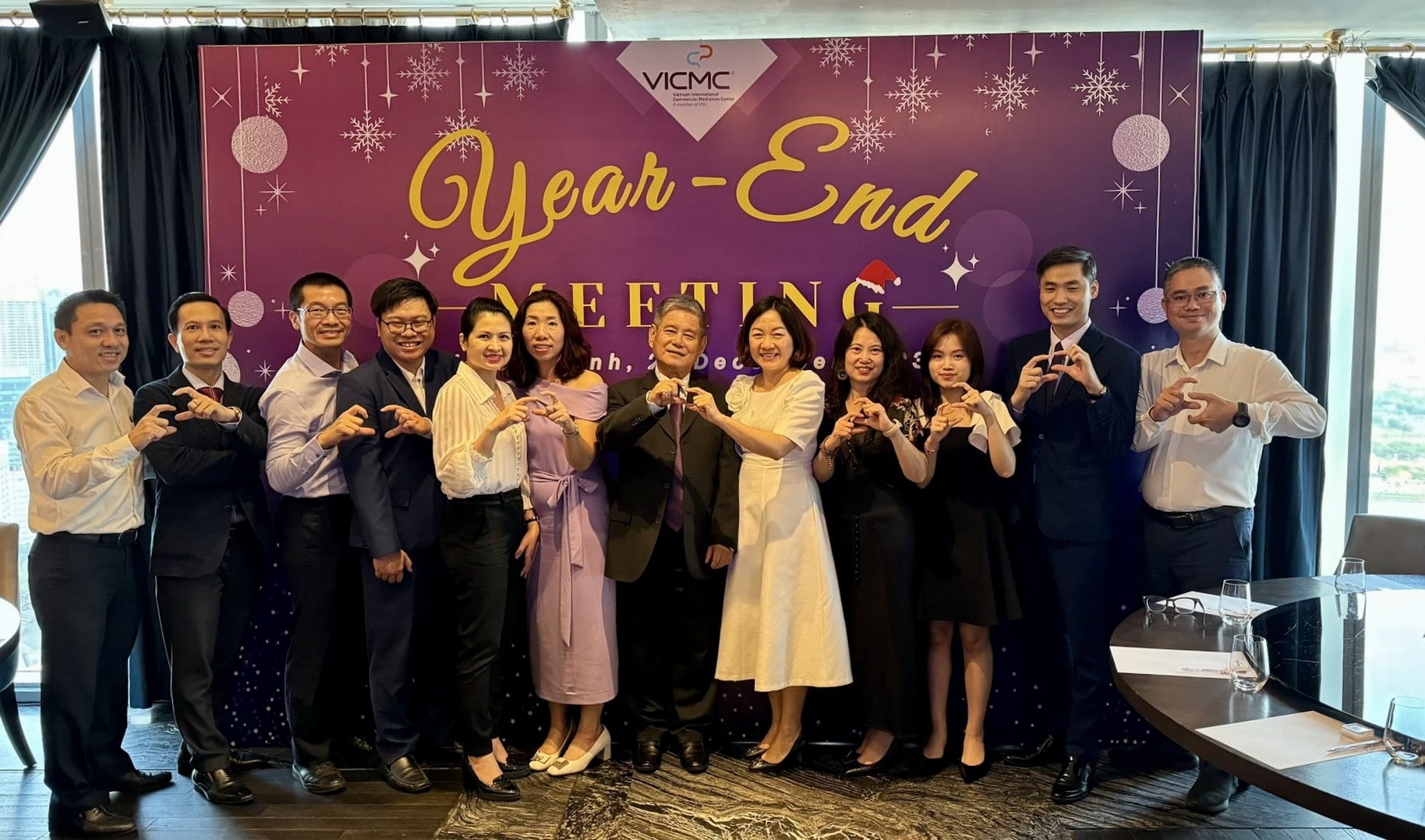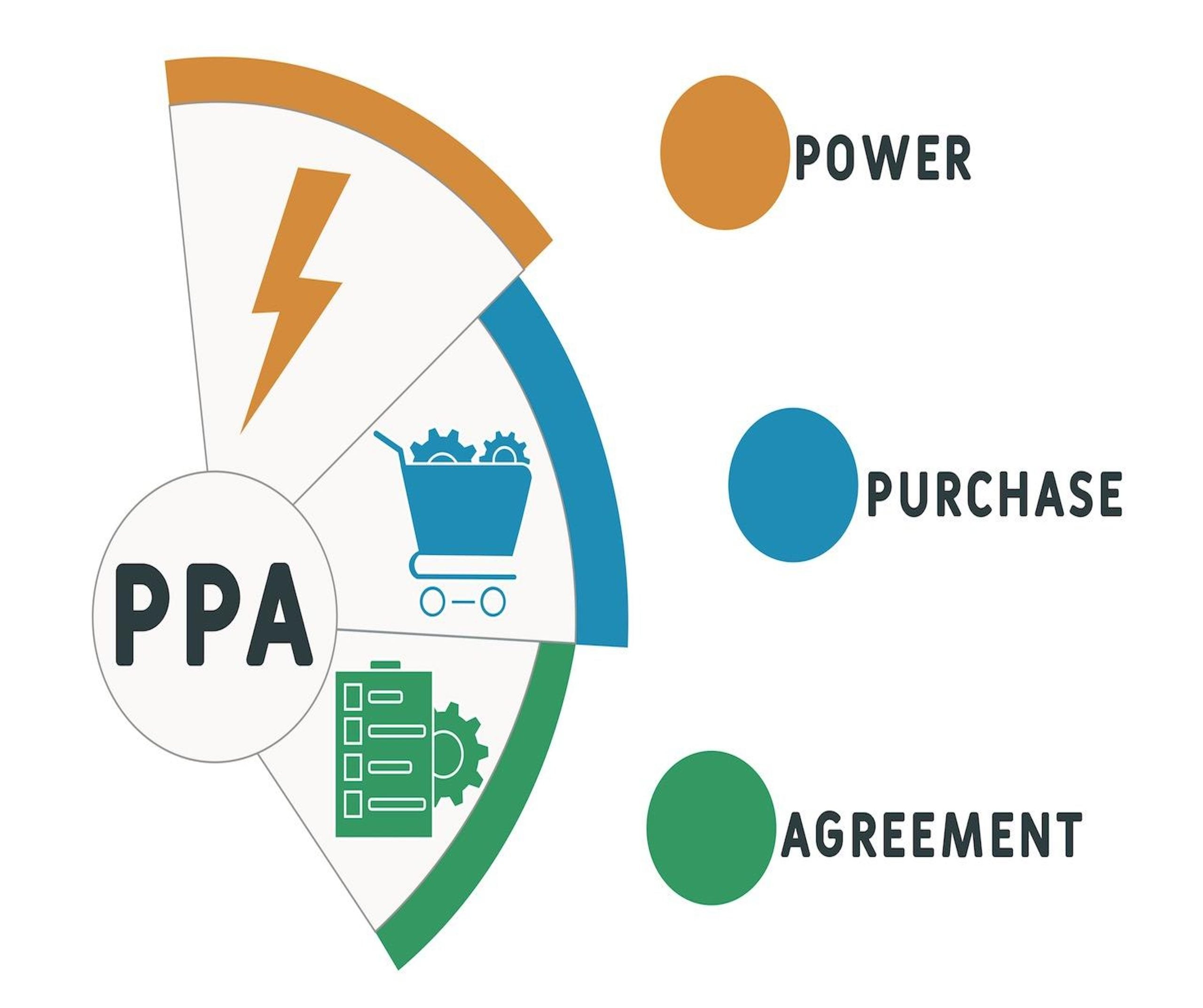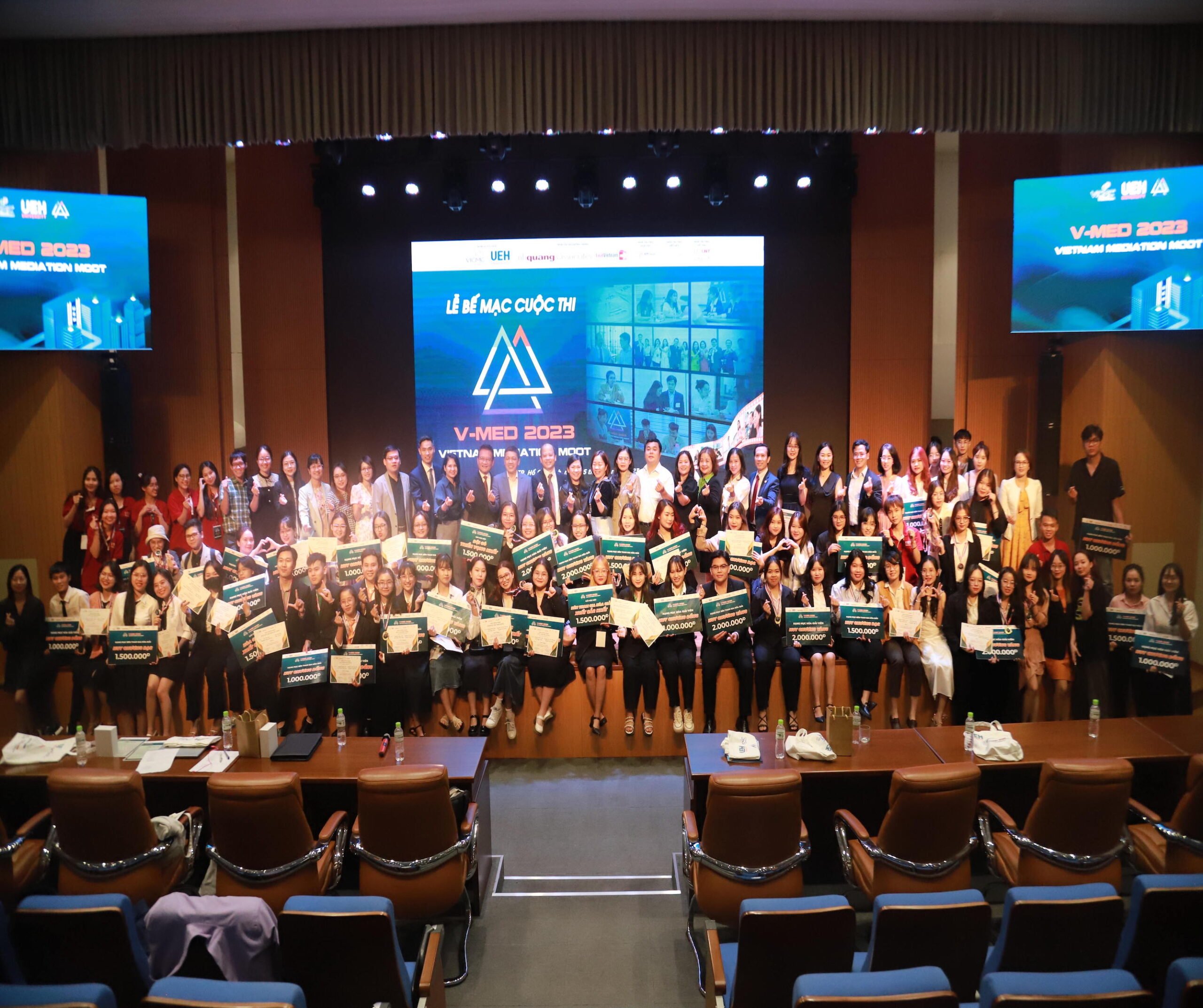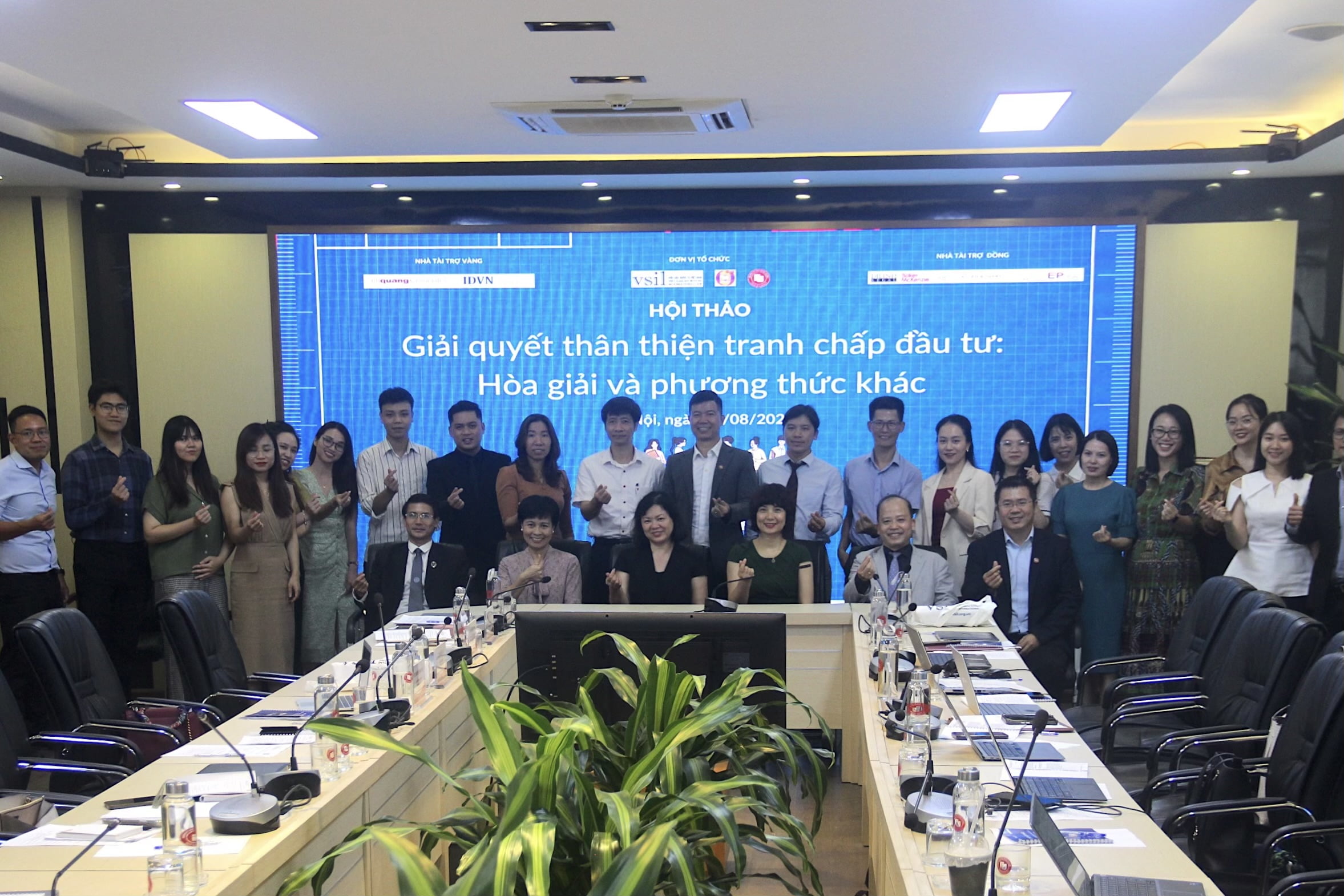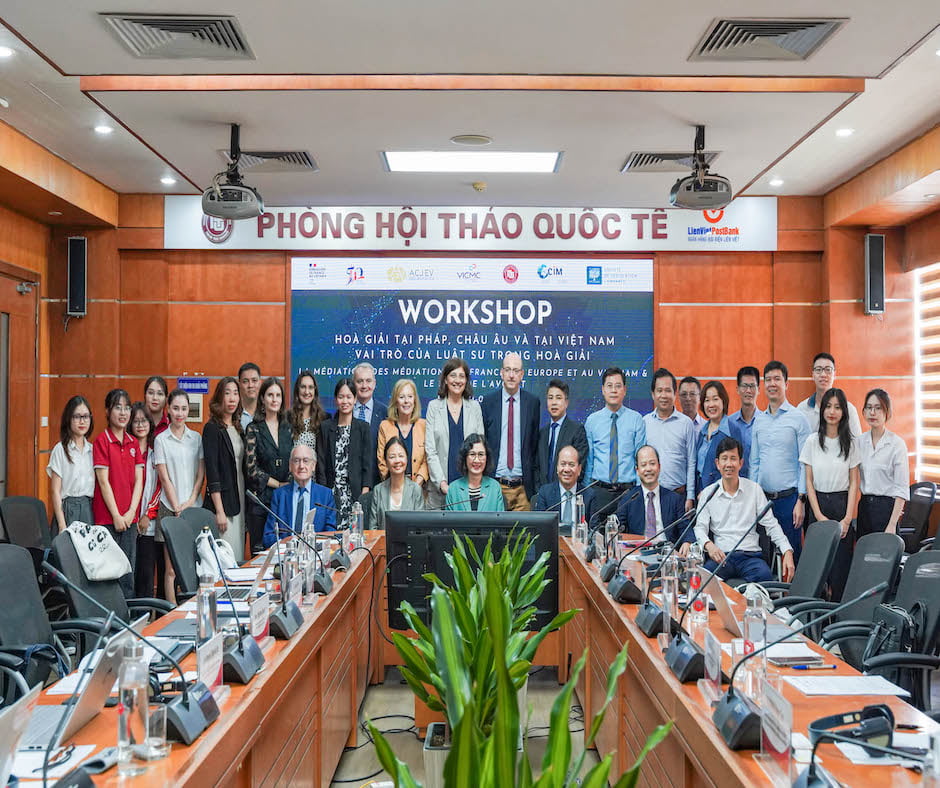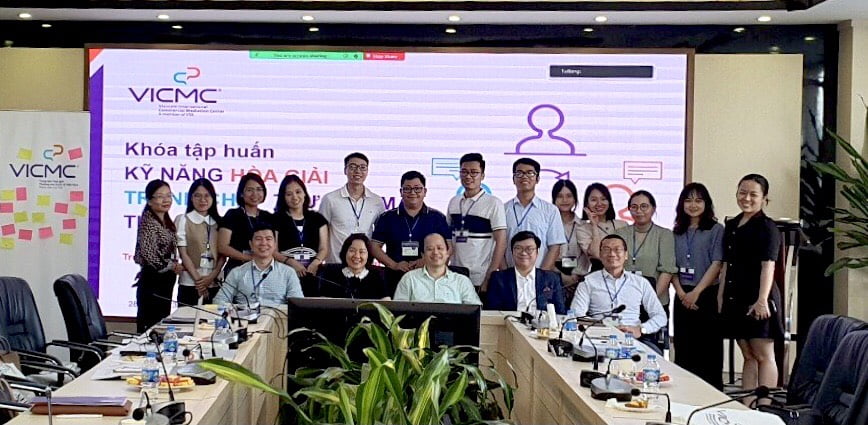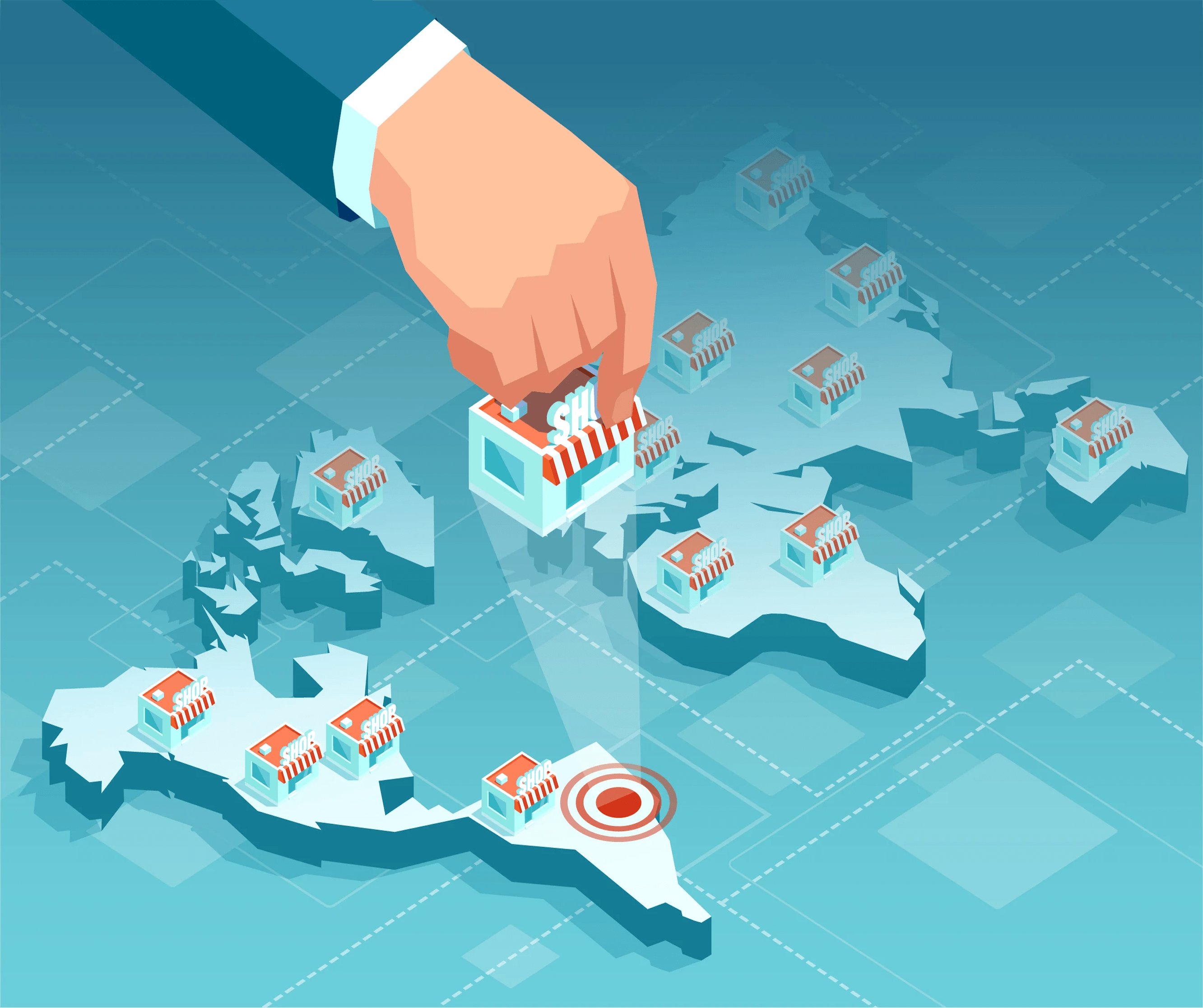The “storm” COVID 19 has swept millions of jobs in Vietnam in the first four months of 2020. On a global scale, unemployment is increasing day by day, particularly 50 million people in China, 30 million people in the US and nearly 1 million in the UK. Regarding the demand for human resources during and after COVID, hundreds of thousands of businesses were forced to leave the market due to dissolution and bankruptcy. At the end of the social separation, many restaurants, businesses and amusement parks were reopened but many units no longer had the opportunity to do so. Economists argue that COVID 19 has fundamentally changed consumer habits, ways of working and motivating a 4.0 economy. Facing the major change caused by COVID 19, the question needs to be raised is how will Vietnamese human resources change?

The wisdom appears in the difficulty – the business changes the habit of using human
Before COVID 19, businesses had a habit of recruiting many people to meet the growth needs. Right after the outbreak of an epidemic, businesses had to comply with orders of social distancing so that they could not use all the hired labor while the salary costs were still paid to workers. Because of this, many businesses have realized that the business model that relies heavily on people is now obsolete and the burden of costs is too high. The need to minimize the business model to reduce reliance on human resources such as the use of more machines and technology is a vital requirement of the owner.
For fast-moving consumer goods, restaurants, bars, entertainment, transportation, many businesses previously chose the traditional sales method, direct contact between buyers and sellers. But now, consumer habits have changed a lot, shoppers will rely on brand reputation and online customer care services to decide to shop. This is an opportunity for businesses to transform digital and online sales through freight forwarders and IT companies. Now, when determining the size of the business is no longer heavy on office space or the number of working seats as before, it is mainly measured by sales revenue, especially online sales.
So far, business owners have never denied that human resources are their most valuable assets. However, in the era of 4.0 with 3 pillars of artificial intelligence (AI), Internet of things and big datas, these pillars are the real driving force for business growth. This means that businesses only need to use a limited number of human resources but can still bring greater economic benefits many times than before. The market always has a surplus of labor but is still in a state of thirst for talent.
Also in the Covid pandemic, many businesses have conducted meetings and working online, new experiences answered the value of working remotely. After the Covid epidemic, many businesses had more ideas in selecting office space and hiring people. Typically keeping or increasing the size of human resources but reducing office costs because of choosing remote working solutions and working alternately at the office.
In summary, at the top of the demand for human resources, there have been significant changes in the views, options and habits in recruiting and using people.
Practice is more important than theory – workers must turn themselves into versatile machines
In the past, the recruitment and employment of human resources always attaches importance to finding the right people to integrate into the process and operation of the enterprise. Currently, the trend of using human resources has changed quite a lot. A good employee is measured by many factors besides knowledge skills and experience. The adaptability and versatility are also valued. Adaptability is often referred to as the ability to take on multiple work positions, the ability to work remotely; the ability to support the team, etc.
When it is necessary to consider reducing personnel during a pandemic, retaining a comprehensive, versatile personnel is often preferred over those who can only do one job. The measurement and evaluation of personnel in the new era has also changed. It will not be surprising that many people who are engineers, accountants, marketing, sales are responsible for human resources management.
Along with the social network and the growth of the delivery force during and after the pandemic, many “self-employed bosses” selling self-made goods became popular. Many people are confident that now if they are unemployed, they are not too worried about their income when many of their talents work. Some common jobs such as making food, drinks, selling cosmetics online, making wooden furniture, providing consulting services, training, etc.
Thus, at the beginning of the supply, workers had to adapt to the personnel needs in the new era. They must always improve themselves and be more versatile to protect their income.
Employment intermediaries are important – connecting and promoting the labor market
Before Covid19, a number of websites and mobile phone applications helped connect online job seekers and employers that existed in parallel with headhunter employment agencies. However, the trend of “freelance work” became more and more popular after the epidemic. Many will work for many companies at the same time through online job delivery and bidding applications for online labor sales with others in the market.
After Covid19, many employers will never see their employees face to face in real life. In return, many workers do not know the address of the company’s headquarters. In a shared economy, employers have more opportunities to choose their employees. Labor relations are built and end more quickly.
The employment intermediation also appears to greatly change the quality and quantity of freelance workers in the market.
Disputes after epidemic – unsustainable labor relations
Epidemic diseases affect workers’ incomes and enterprises’ pockets, many cracks in the labor relations before and during the epidemic period are the cause of the personnel controversies taking place. In addition, due to the epidemic, many businesses are forced to reduce their staff due to the pressure of personnel costs. The employer is still required to dismiss the employee even though they have not standardized the legal procedures and grounds. Therefore, in the period from 6 months to 12 months, the rate of labor disputes will increase significantly.
The reduction in personnel to survive is one of the main options that businesses are forced to make. However, the reduction of personnel but keeping the corporate culture, the rule of law and preserving labor relations are not all effective. Many businesses will win the “hearts” of their employees thanks to their manners when they encounter difficulties because of a pandemic but many businesses will fall into a state of communication crisis about human resources and talents. Good resolution of labor relationships will make businesses less costly and save time.
Choosing mediation is the best way to protect labor relations
Compared to other methods of dispute resolution, mediation is a solution that benefits both parties to the dispute. If the lawsuit is brought to court, one of the parties will be the winner and the other party will lose. Meanwhile, the mediation mechanism allows the parties to find common solutions on the basis of mutual agreement. Currently, the labor mediation mechanism is governed by labor laws and civil procedural laws when it comes to labor mediators – usually local labor management officials. However, due to the amount of specialized work as well as the limited time and adequate skills, the mediation mechanism at the Labor and Social Affairs offices is not effective.
Meanwhile, Decree 22/2017/ND-CP on commercial mediation does not stipulate that commercial mediators have the right to mediate labor disputes even if one of the parties is an enterprise. Therefore, commercial mediation centers such as Vietnam International Commercial Mediation Center (VICMC) only accept mixed disputes such as disputes between companies and employees who are also shareholders of the company; disputes on agreements and contracts between employees and companies related to information security and competition restriction; or agreements in employee preference programs (ESOP), etc. However, VICMC is still proactively introducing its mediators to assist the disputing parties to conduct informal mediation as part of the community support work.
* Le Trong Them: Official mediator of Vietnam International Commercial Mediation Center (VICMC), Executive Attorney of LTT & Lawyers Law Firm


